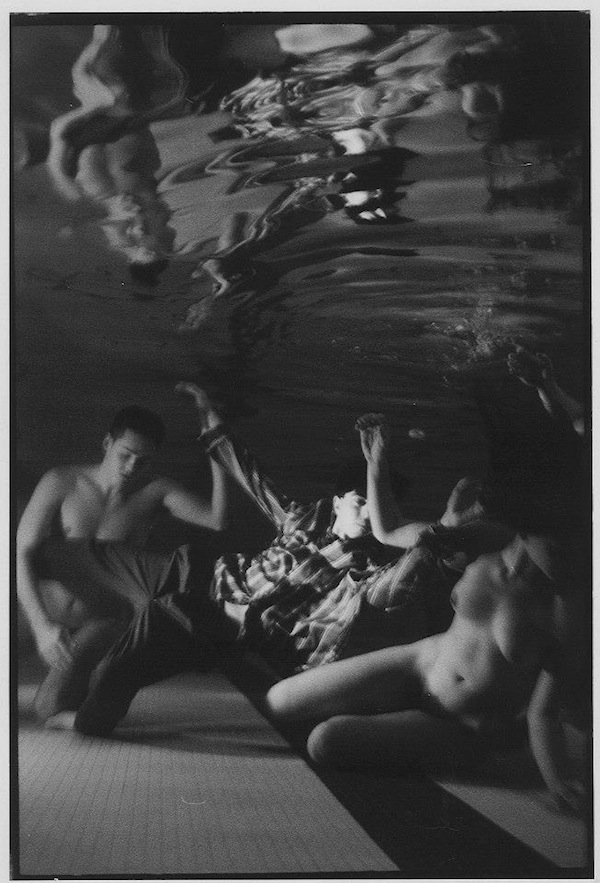"Meredith created and directed those pieces with some collaborative input from the company members," he continues. "Her work's careful attention to visual aspects, careful timing, costumes and lights...Meredith´s pieces have an imagistic and visual depth."
Anne Hammel, a fellow cast member in Monk's Quarry (1976), lead to an introduction with Allan Wayne, another teacher that would prove instrumental in providing Paul with a richer understanding of movement. "Coming into the world of dance late as I did, I knew I needed more technique than Contact, yoga, and other improv practices," he says. "I loved Allan's classes right away, especially the way he combined classical ballet alignment and placement with energetic work, stretch, and strength training."
After his sudden death in 1978, Paul invited his fellow students to continue dancing and practicing this work at his loft on Greene Street. Organically this became a class, and in less than two years Paul was teaching Allan Wayne Work throughout Europe, Canada, and the United States. This caught the attention of choreographer and colleague Mary Overlie, who was still relatively new at NYU's Experimental Theatre Wing program, created by Ron Argelander in 1975.
"Mary hired me as an adjunct at ETW in 1983," Paul says. "One thing lead to the next, and I have been a part of the program ever since. Allan Wayne Work is a core component of my classes there. I use it as a technical warm-up, and find it to be a great choreographic tool. The choices that come out of this Work are initially felt and experiential, rather than created visually."
Whether onstage or in the classroom, Paul fluidly moves across disciplines, and creating pictures with sound, motion, and shape. "I have no rules about how I choreograph or collaborate," he shares. "Each project, either my own or working with others, feels unique." Nonetheless, collaboration-in multiple manifestations-seems to be a thread that runs through the fabric of his career. With frequent colleagues Overlie and Wendell Beavers, their improvisational performances originate from "worlds" based on known images that they create together. Jungle Breath (1988), created and performed with Daniel Lepkoff, emerged from the two singing and sounding together after many years of dancing in Contact Improvisation. In Normal Kansas (1991), Paul deconstructed William Inge's play "Bus Stop" into a sprawling dance/theater performance.
The approaching BAX Award ceremony inspires Paul to reflect on the past 30 years as a teacher as well as an artist. "In 1983, ETW was still new and raw," he says. "There was great enthusiasm, fear, excitement, and chaos all around us. When I started teaching, I was 32. I had a lot of high energy, and was moving constantly in class, out of class, in rehearsals, everywhere."
Paul believes he is a better teacher today, much more efficient. One of his key values is "celebrating the wisely-crafted vision of the individual," a principle he upholds onstage as well as in the classroom. He is particularly motivated when he sees his students get engaged, start finding their own value and solutions in the context of what they are doing in class. One of his most important teaching tools is "learning how to let students bring the work to me," he says.

"Normal Kansas" (1991), photograph by Robert Flynt.